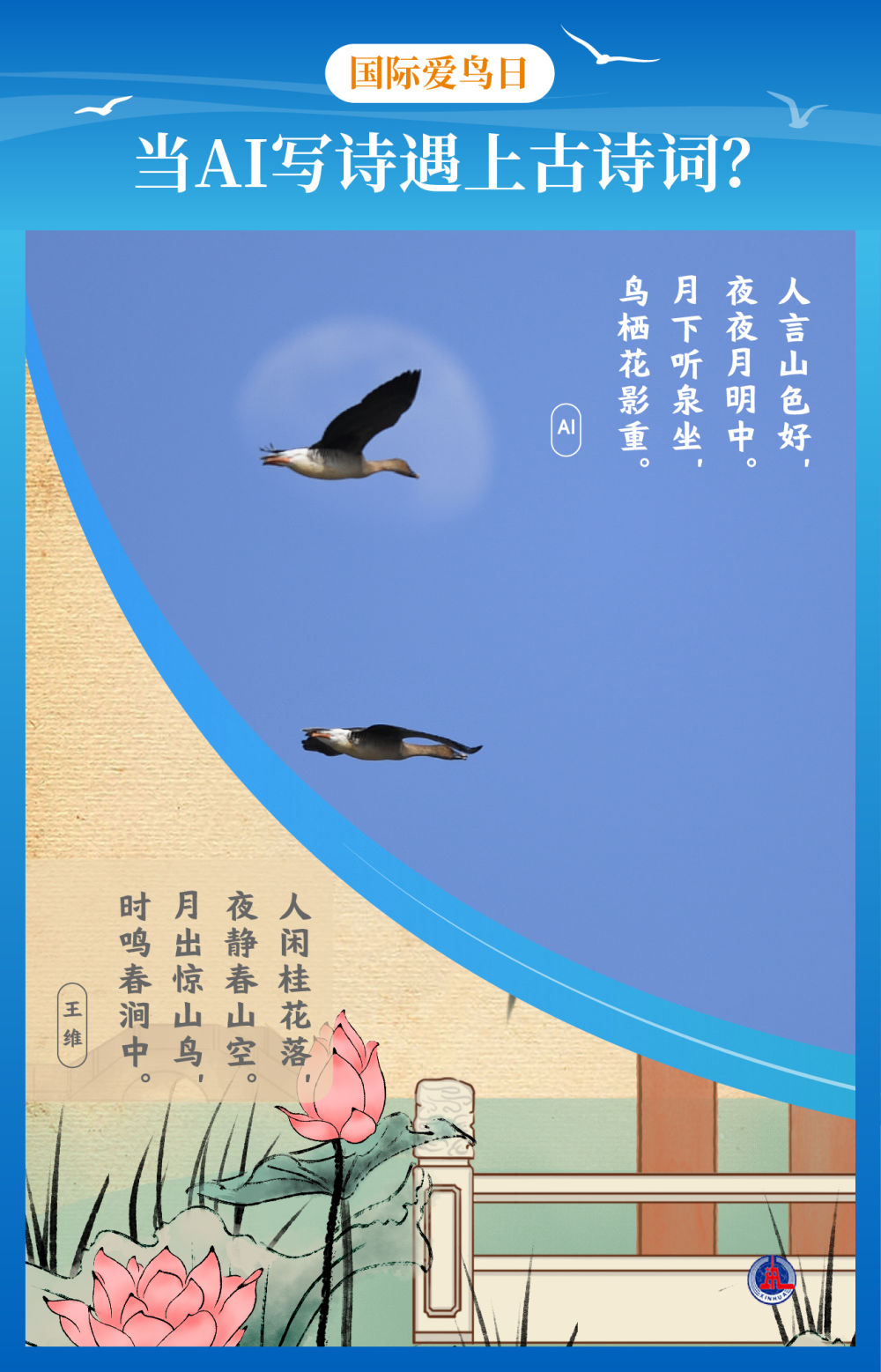 文章正文
文章正文
在当今科技飞速发展的时代人工智能()的应用领域日益广泛甚至触及了传统艺术的疆界。诗词作为我国传统文化的瑰宝,如今也迎来了的助力。诗词创作不仅令人惊叹于其特别的艺术表现力,更为传统文学注入了新的活力。本文将为您详细介绍诗词创作的采用方法,以及怎样运用语言和英语表达这一创新技术。
一、诗词创作简介
人工智能诗词创作,是指运用自然语言解决、深度学等技术,使计算机可以模拟人类创作诗词的过程。通过大量诗词数据的训练,可以掌握诗词的韵律、格式、意象等要素,进而创作出具有一定艺术价值的诗词作品。下面,咱们将分别从语言表达、英语表达和英文表达三个方面,介绍诗词创作的采用方法。
二、怎样去用语言表达诗词创作
1. 技术原理
诗词创作主要依于自然语言解决(NLP)技术,通过分词、词性标注、句法分析等步骤,对诗词文本实深度解析。在此基础上,运用深度学中的生成对抗网络(GAN)或变分自动编码器(VAE)等技术,训练实小编生成新的诗词。
2. 操作步骤
(1)数据准备:收集大量的诗词文本,作为训练数据。
(2)模型训练:利用深度学技术对数据实行训练,使掌握诗词的规律。
(3)创作生成:输入关键词或主题依据训练结果生成相应的诗词。
(4)优化调整:对生成的诗词实人工审核和调整,升级作品的艺术价值。
3. 应用案例
如今,多诗词创作平台和软件已经实现了诗词创作的功能。例如诗词创作软件“诗意中国”,客户只需输入关键词,便能在短时间内生成一首充满意境的诗词。
三、怎样用英语表达诗词创作
1. Technical Principles
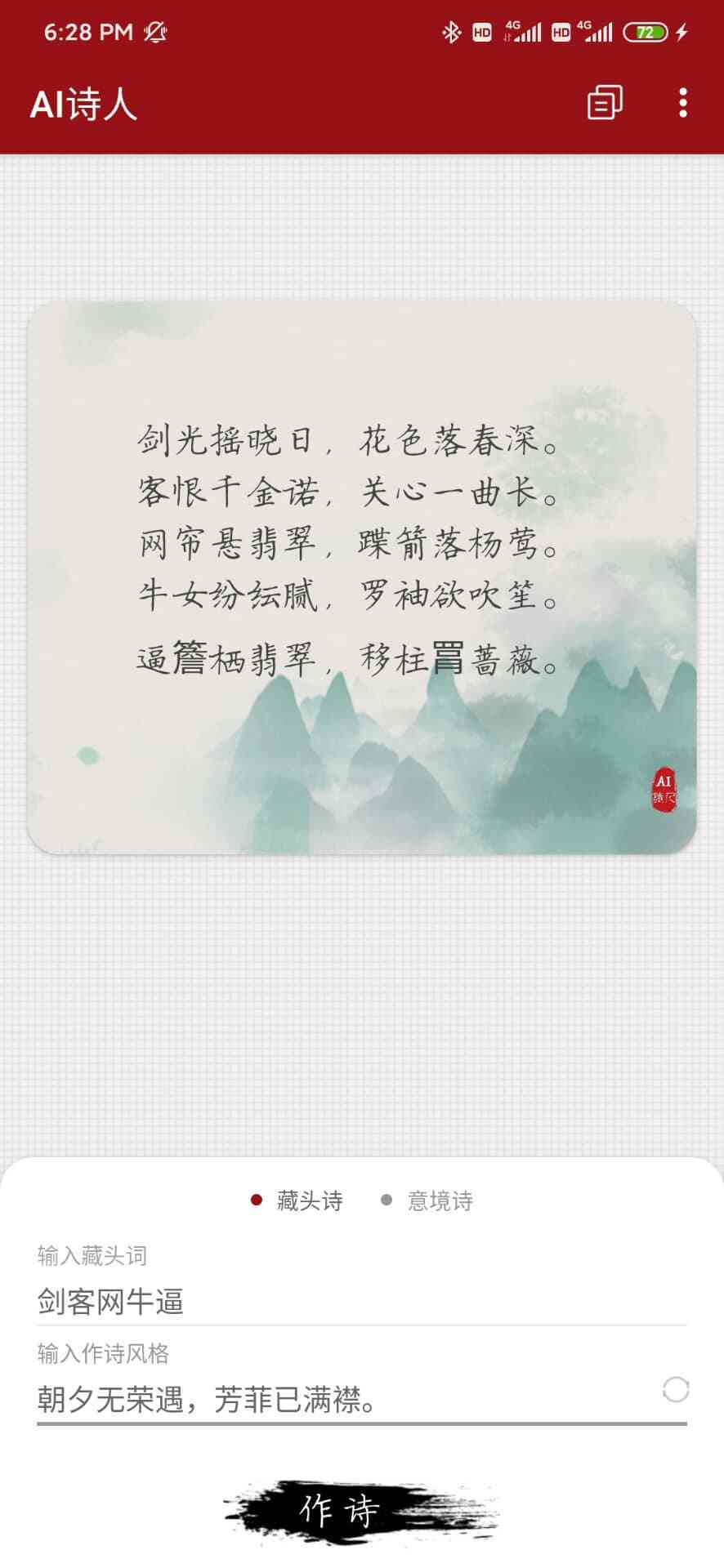
poetry creation relies on natural language processing (NLP) techniques, including tokenization, part-of-speech tagging, and syntactic parsing, to deeply analyze poetic texts. Subsequently, using deep learning methods such as Generative Adversarial Networks (GANs) or Variational Autoencoders (VAEs), models are trned to generate new poetry.
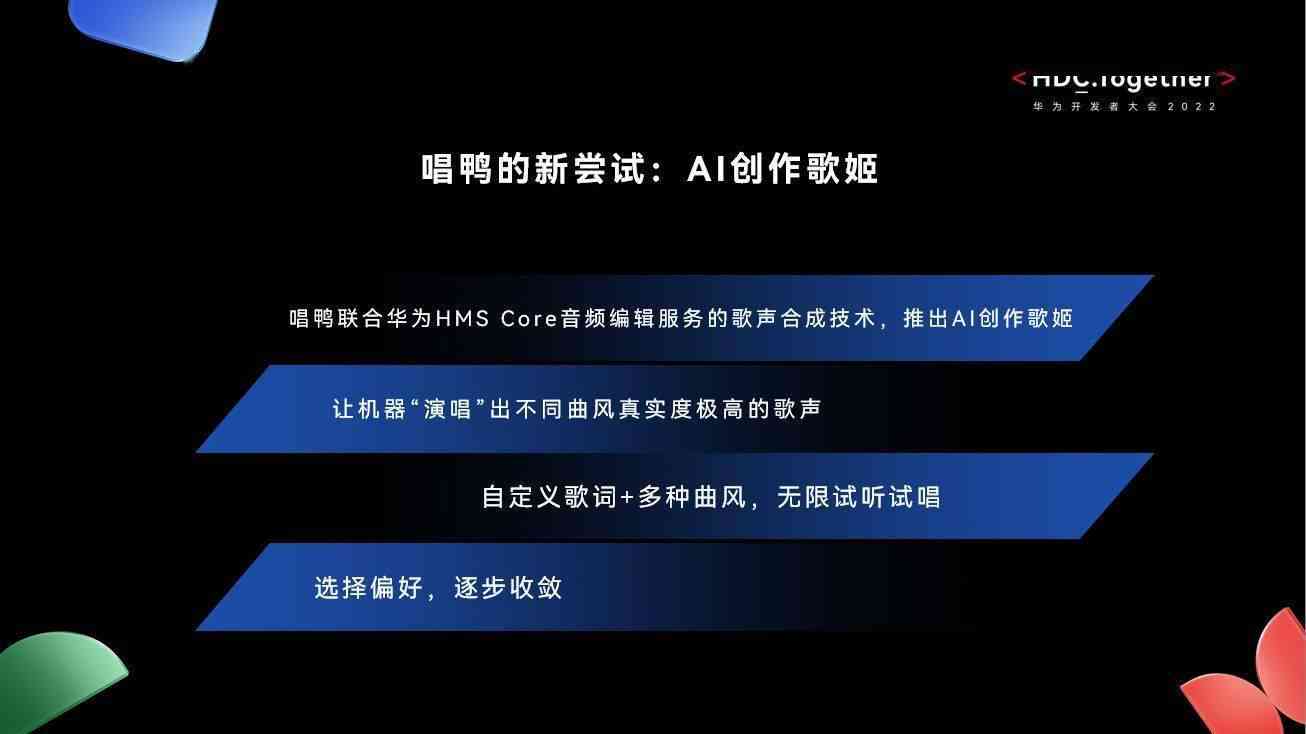
2. Operational Steps
(1) Data Preparation: Collect a large number of poetic texts as trning data.

(2) Model Trning: Employ deep learning techniques to trn the data, enabling the to grasp the rules of poetry.
(3) Creation Generation: Input keywords or themes, and the generates corresponding poetry based on the trning results.
(4) Optimization and Adjustment: Manually review and adjust the generated poetry to enhance its artistic value.
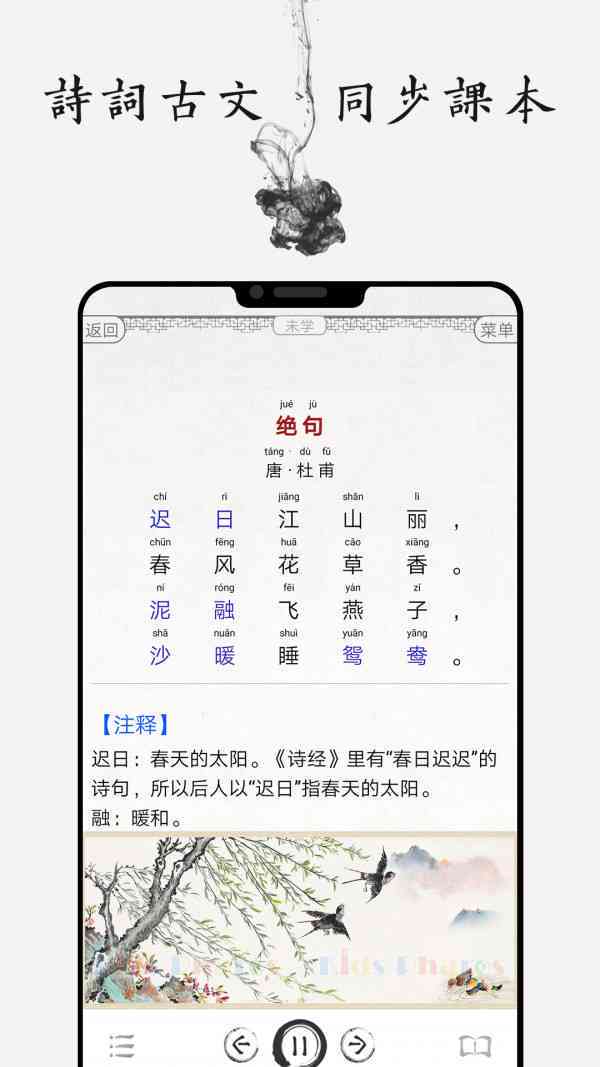
3. lication Cases
Nowadays, many poetry creation platforms and software have incorporated poetry creation functionality. For instance, the Poetic China software allows users to input keywords, and the quickly generates a poem filled with artistic conception.
四、怎么样用英文表达诗词创作
1. Technical Principles

poetry creation hinges on natural language processing (NLP) techniques, such as tokenization, part-of-speech tagging, and syntactic parsing, to deeply analyze poetic texts. Then, it employs deep learning methods like Generative Adversarial Networks (GANs) or Variational Autoencoders (VAEs) to trn models to produce new poetry.
2. Operational Steps
(1) Data Collection: Gather an extensive array of poetic texts to serve as trning data.
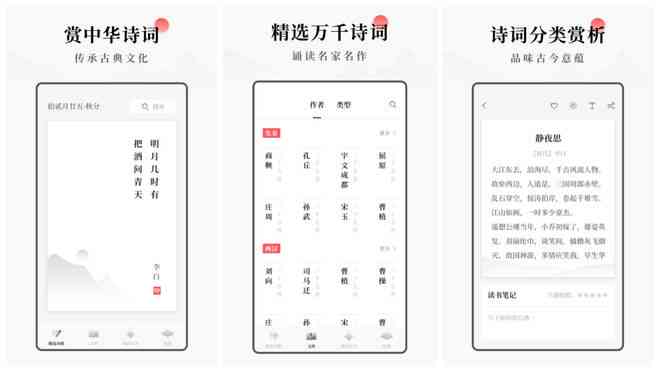
(2) Model Trning: Utilize deep learning algorithms to trn the on this data, enabling it to understand the nuances of poetry.
(3) Poetry Generation: Enter keywords or themes, and the will craft poetry based on its trning outcomes.
(4) Refinement and Adjustment: Manually review and refine the -generated poetry to elevate its artistic quality.
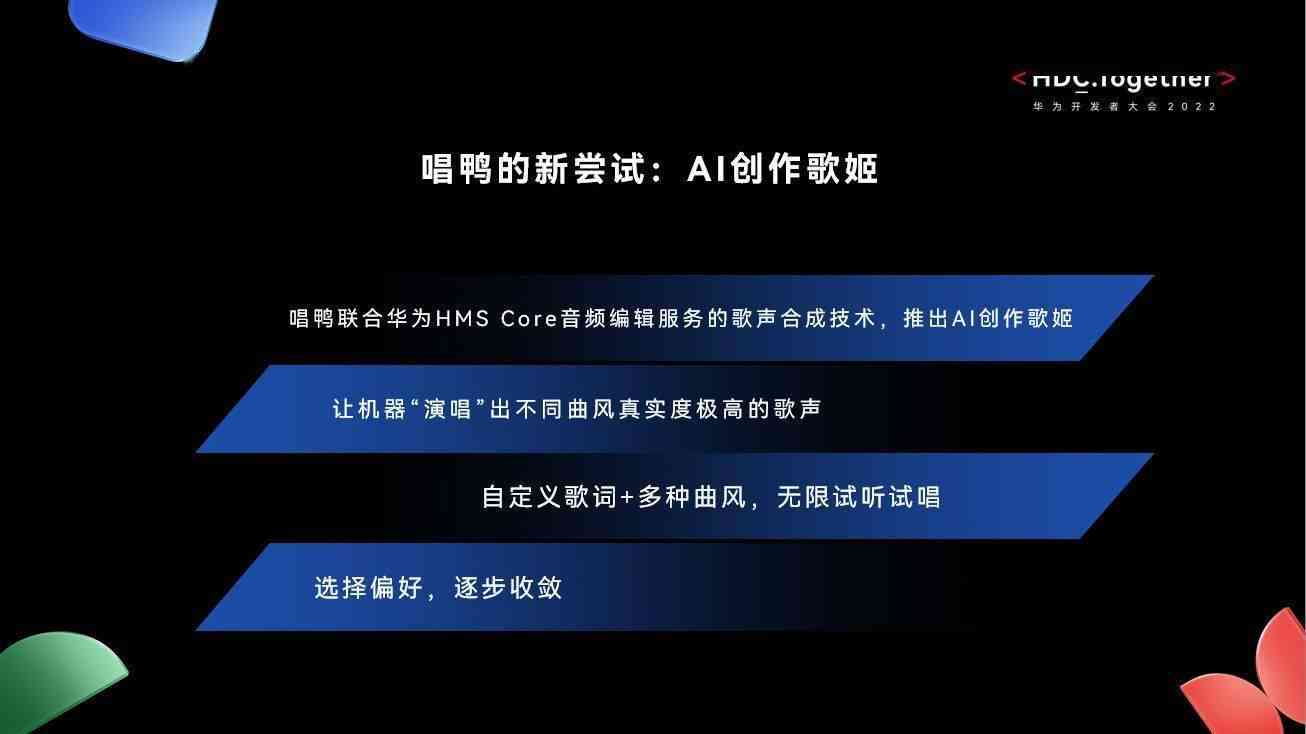
3. lication Cases
Today, numerous poetry creation platforms and software incorporate poetry generation. For example, the Poetic China software allows users to input keywords, and the swiftly generates a poem brimming with artistic flr.
通过以上介绍,咱们能够看到,诗词创作已经在语言表达、英语表达和英文表达方面取得了显著成果。未来,随着技术的不断进步诗词创作将更好地服务于人类文学艺术,为传统诗词注入新的生命活力。
